Solar system is a group of heavenly bodies consisting of a star and the planets and other objects orbiting around it. Solar systems can also be called planetary systems. We are most familiar with our own solar system. It includes the sun, Earth, and the other planets that orbit the sun. It also includes smaller objects that orbit the sun, such as dwarf planets, asteroids, and comets. In addition, it includes a cloud of gas and dust known as the interplanetary medium. More than 100 moons, or satellites, orbit the planets. Besides the sun, Earth, and Earth’s moon, many objects in our solar system can be seen with the unaided eye. These objects include the planets Mercury, Venus, Mars, Jupiter, and Saturn; the brightest asteroids; and occasional comets and meteors.
Since the 1990’s, astronomers have discovered many planetary systems around distant stars. The planets in these systems are called exoplanets.
By studying each planet’s mass (amount of matter) and orbit, astronomers are learning more about solar systems in general. For example, our solar system has four small, rocky planets near the sun: (1) Mercury, (2) Venus, (3) Earth, and (4) Mars. It has four giant, gaseous planets farther out: (1) Jupiter, (2) Saturn, (3) Uranus, and (4) Neptune. Astronomers were surprised to find that other stars have giant, gaseous planets in close orbits. For example, a nearly Jupiter-sized planet orbits the star 51 Pegasi closer than Mercury orbits the sun.
Our solar system
Our solar system is about 5 billion years old and includes the sun and the objects that revolve around it. The International Astronomical Union (IAU), the widely recognized authority in naming heavenly bodies, divides the bodies into three major classes. They are: (1) planets, (2) dwarf planets, and (3) small solar system bodies. Small solar system bodies include comets, asteroids, and meteoroids. The solar system also includes all the satellites or moons and the interplanetary medium. 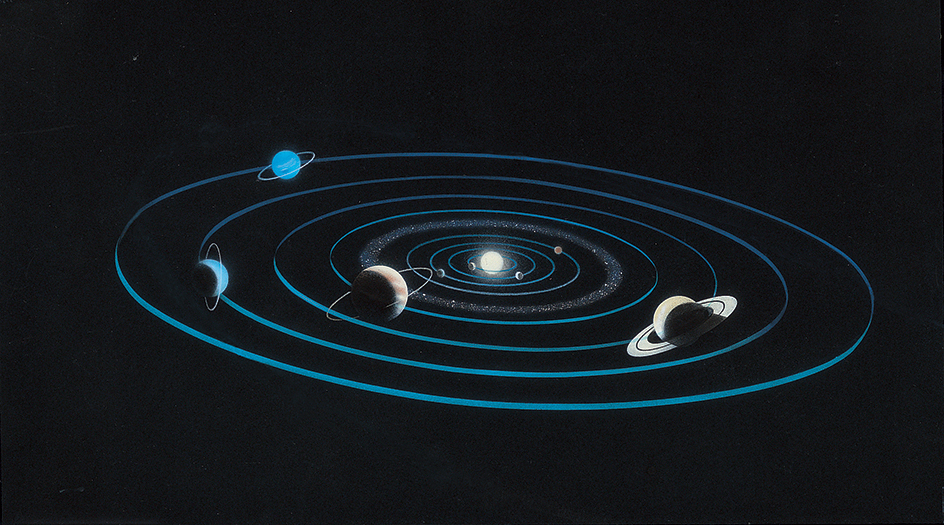
The sun
is the largest and most influential object in our solar system. It contains 99.8 percent of the solar system’s mass. The sun provides most of the heat, light, and other energy that makes life possible.
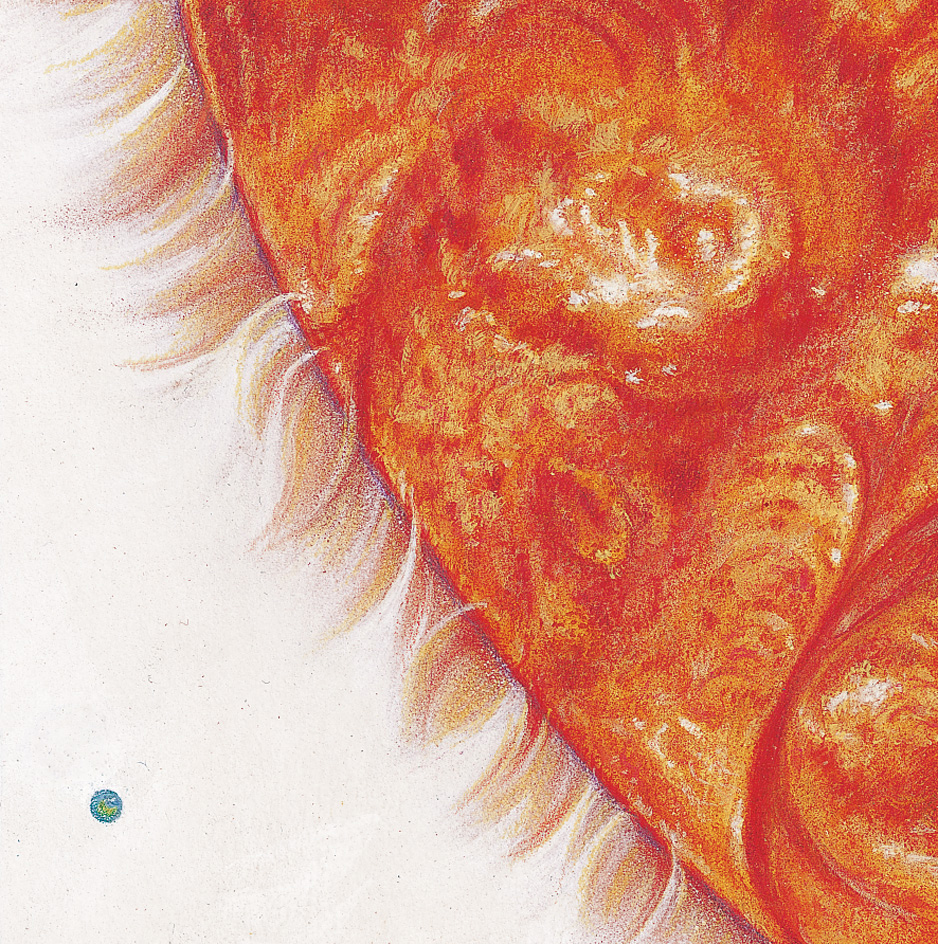
The sun’s outer layers are hot and stormy. The hot gases and electrically charged particles continually stream into space and often burst out in solar eruptions. This flow of gases and particles forms the solar wind, which bathes everything in the solar system.
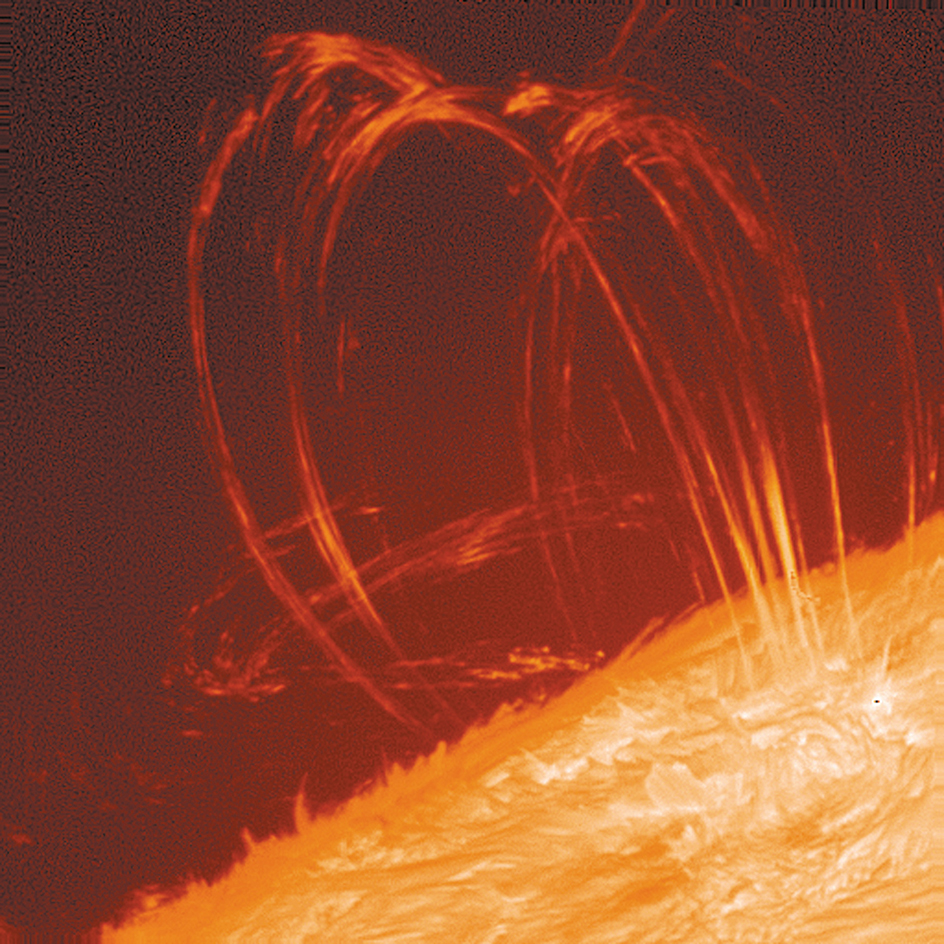
Planets
orbit the sun in oval-shaped paths called ellipses. The sun sits at a point called a focus, slightly off the center of each ellipsis.
The inner four planets consist chiefly of iron and rock. They are known as the terrestrial (Earthlike) planets. The four outer planets are giant worlds with thick, gaseous outer layers. They are sometimes called the gas giants or Jovian (Jupiterlike) planets. Almost all their mass consists of hydrogen and helium. Beneath their outer layers, the giant planets have no solid surfaces. The pressure of their thick atmospheres turns their insides liquid, though they may have rocky cores.
Dwarf planets
are round objects with less mass than the planets. Unlike a planet, a dwarf planet lacks the gravitational pull to sweep other objects from the region of its orbit. As a result, dwarf planets are found among populations of smaller bodies. The dwarf planet Ceres, for example, orbits in the Main Belt of asteroids, between the orbits of Mars and Jupiter.
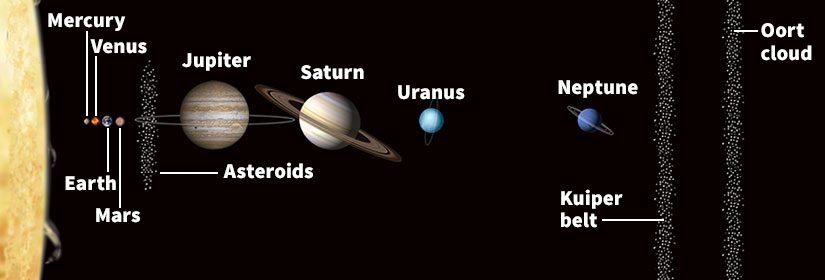
Other dwarf planets orbit primarily beyond Neptune in a region of space known as the Kuiper belt. The IAU classifies the dwarf planets beyond Neptune as plutoids, in honor of Pluto. They share this region with many smaller, icy, cometlike bodies. Together, these objects are known as the Kuiper belt objects (KBO’s). Compared with the planets, KBO’s tend to follow irregular, elongated orbits. The first KBO’s to be classified as dwarf planets include Eris, Haumea, Makemake, and Pluto.
Moons
orbit all the planets except Mercury and Venus. Earth has one moon, and Mars has two tiny satellites. Each of the outer planets has numerous moons in orbit, resembling a small solar system. Jupiter has dozens of moons. Its four largest moons are known as the Galilean satellites. Ganymede is the largest Galilean satellite and the largest satellite in the solar system. It is bigger than the planet Mercury. Saturn also has dozens of moons. The largest of Saturn’s moons, Titan, has an atmosphere thicker than Earth’s. It is also larger than Mercury. Uranus has dozens of moons, and Neptune has more than a dozen.
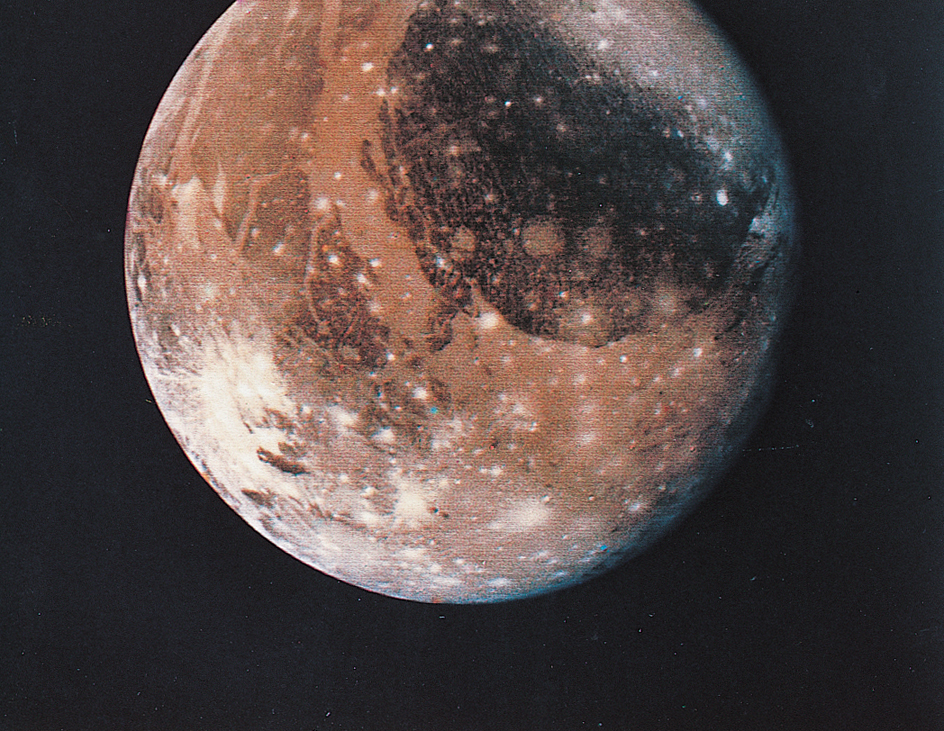
Many dwarf planets, asteroids, and other bodies also have smaller moons. Pluto’s moon Charon measures half Pluto’s diameter. Eris’s moon Dysnomia measures about one-eighth of Eris’s diameter.
Rings of dust, rock, and ice chunks encircle all the giant planets. Saturn’s rings are the most familiar, but thin rings also surround Jupiter, Uranus, and Neptune.
Comets
are composed mainly of ice and rock. When a comet approaches the sun, some of the ice in its nucleus (center) turns into gas. The gas shoots out of the sunlit side of the comet. The solar wind then carries the gas outward, forming it into a long tail.
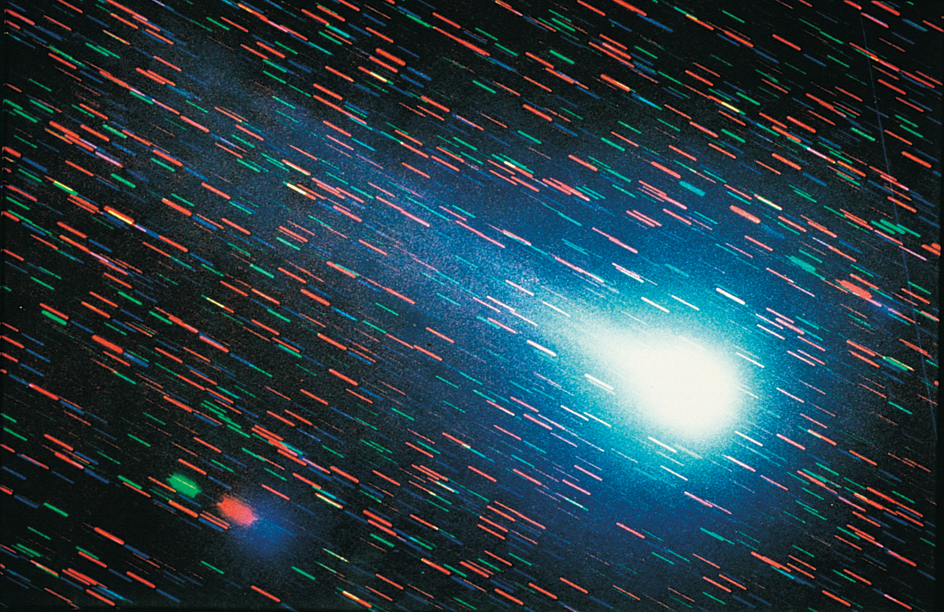
Astronomers commonly divide comets into two main types, long-period comets and short-period comets. But they are increasingly adopting newer classification schemes. In the common classification, long-period comets take 200 years or more to orbit the sun. Short-period comets complete their orbits in fewer than 200 years. The two types come from two regions at the edges of the solar system. Long-period comets originate in the Oort cloud, a cluster of comets far beyond the orbit of Pluto. Short-period comets come from the Kuiper belt. Many of the objects in the Oort cloud and the Kuiper belt may be chunks of rock and ice known as planetesimals. Planetesimals are left over from the formation of the sun and planets.
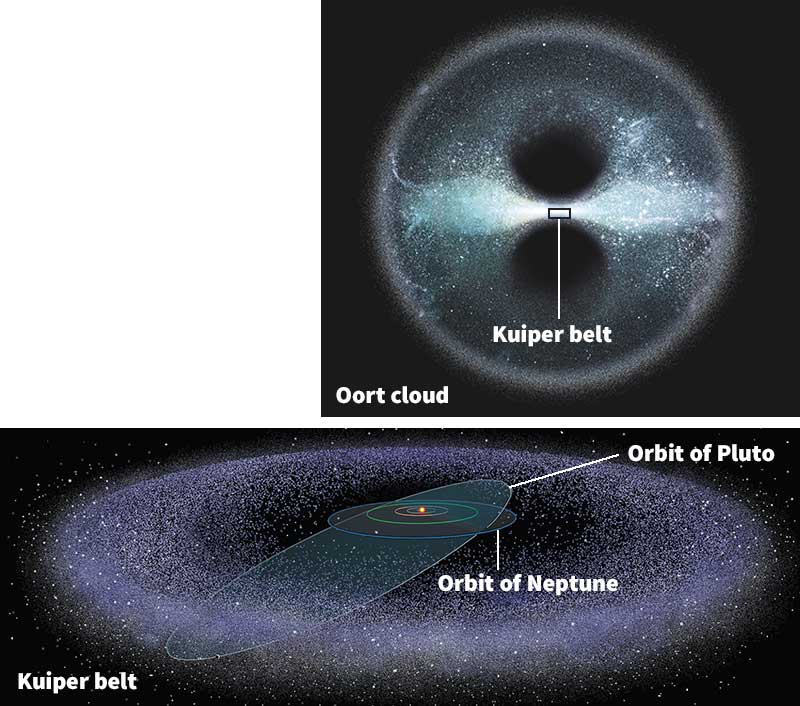
Asteroids
are rocky or metallic objects smaller than planets. Some have elliptical orbits that pass inside the orbit of Earth or even that of Mercury. Others travel on a circular path among the outer planets. Most asteroids circle the sun in the Main Belt. The belt contains more than 200 asteroids larger than 60 miles (100 kilometers) in diameter. Scientists estimate that there are more than 750,000 asteroids in the belt with diameters larger than 3/5 mile (1 kilometer) with millions of smaller asteroids.
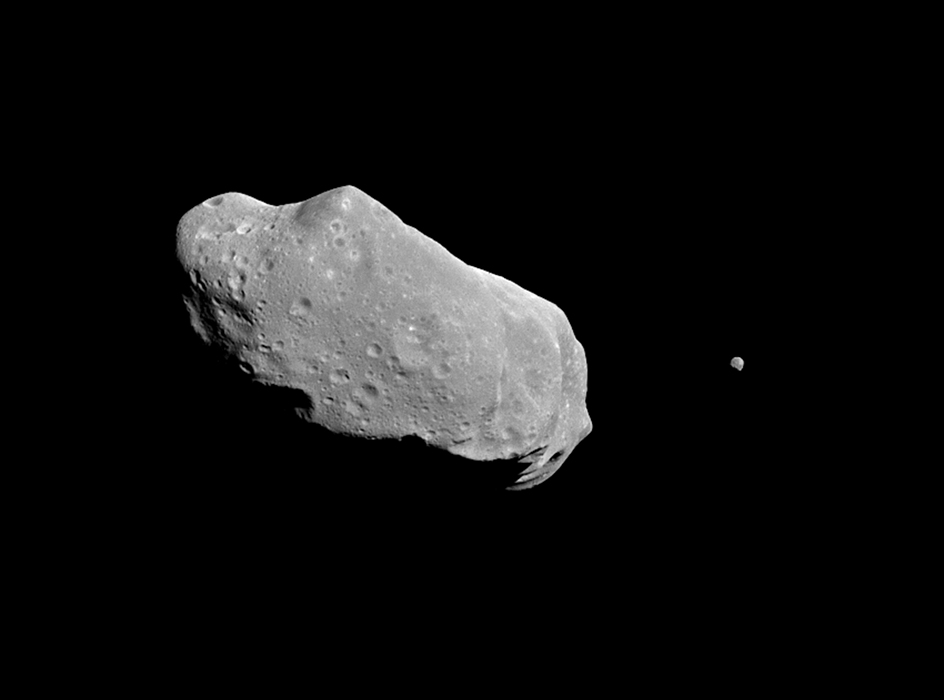
Meteoroids
are pieces of matter smaller than asteroids. Most meteoroids are broken chunks of asteroids or dusty debris from comets. When meteoroids plunge into Earth’s atmosphere, they produce streaks of light called meteors as they disintegrate. Some meteoroids reach the ground. They then become known as meteorites. Some microscopic meteorites come from comets. But most large meteorites originate from asteroids. Scientists have also discovered a number of meteorites that came from Mars and from the moon.
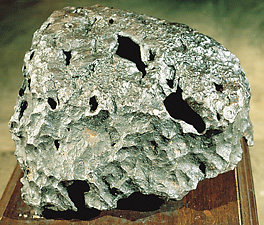
The heliosphere
is a vast, teardrop-shaped region of space containing electrically charged particles given off by the sun. Scientists do not know the exact distance to the heliopause, the limit of the heliosphere. Astronomers estimate that the nose (blunt end) of the heliosphere is somewhere between about 9 billion to 15 billion miles (15 billion to 24 billion kilometers) from the sun.
Formation of our solar system
Many scientists believe that our solar system formed from a giant, rotating cloud of gas and dust known as the solar nebula. According to this theory, the solar nebula began to collapse because of its own gravity. Some astronomers speculate that a nearby supernova (exploding star) triggered the collapse. As the nebula contracted, it spun faster and flattened into a disk.
Most of the material in the solar nebula was pulled toward the center and formed the sun. As the flattened disk spun around this center, particles within it collided and stuck together, eventually forming asteroid-sized planetesimals. Some of these planetesimals combined to become the planets. Other planetesimals formed moons, asteroids, and comets. The planets and asteroids all revolve around the sun in the same direction, and in more or less the same plane, because they originally formed from this flattened disk.
At a certain point, the pressure at the center became great enough to trigger the nuclear reactions that power the sun. Eventually, solar eruptions occurred, producing a solar wind. In the inner solar system, the wind was so powerful that it swept away most of the lighter elements—hydrogen and helium. In the outer regions of the solar system, however, the solar wind was much weaker. As a result, much more hydrogen and helium remained in the outer planets. This process explains why the inner planets are small, rocky worlds and the outer planets are mostly hydrogen and helium.
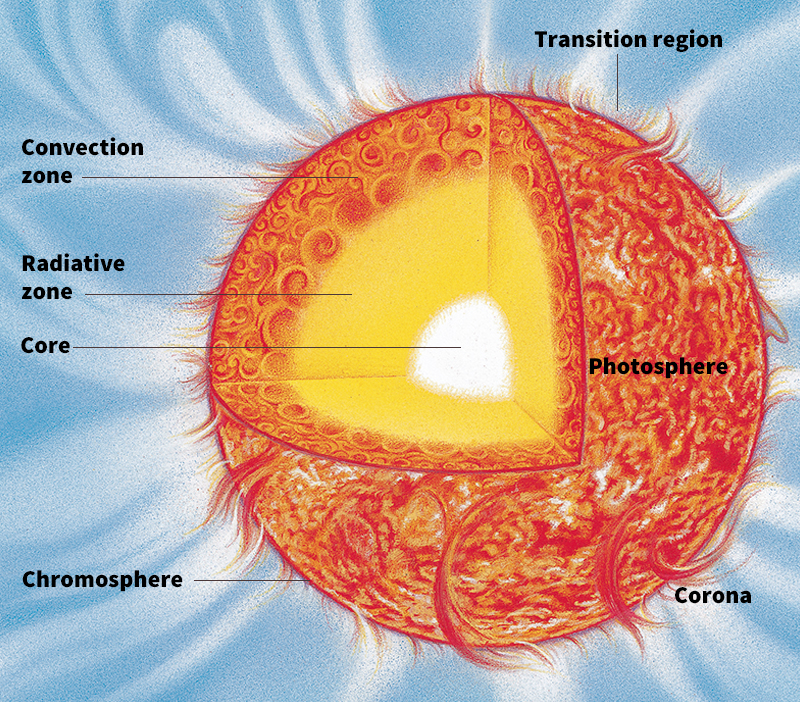
Other solar systems
Several other stars have disk-shaped clouds around them that seem to be solar systems in formation. In 1983, an infrared telescope in space photographed such a disk around Vega, the brightest star in the constellation Lyra. This photograph is the first direct evidence of such material around any star except the sun. In the 2000’s, astronomers detected water vapor in some disks, within the region where Earthlike planets could form.
Astronomers have discovered thousands of exoplanets. In many cases, they have found only one planet per star. But some stars have more complex systems. For example, the star 55 Cancri has at least five planets. The European Space Agency operated the COROT probe from 2006 to 2014 and NASA launched the Kepler mission in 2009 to detect exoplanets as they transit (pass in front of) their parent stars. The Kepler mission ended in 2018. That same year, NASA launched the Transiting Exoplanet Sky Survey (TESS) telescope to continue the search for new planets.
